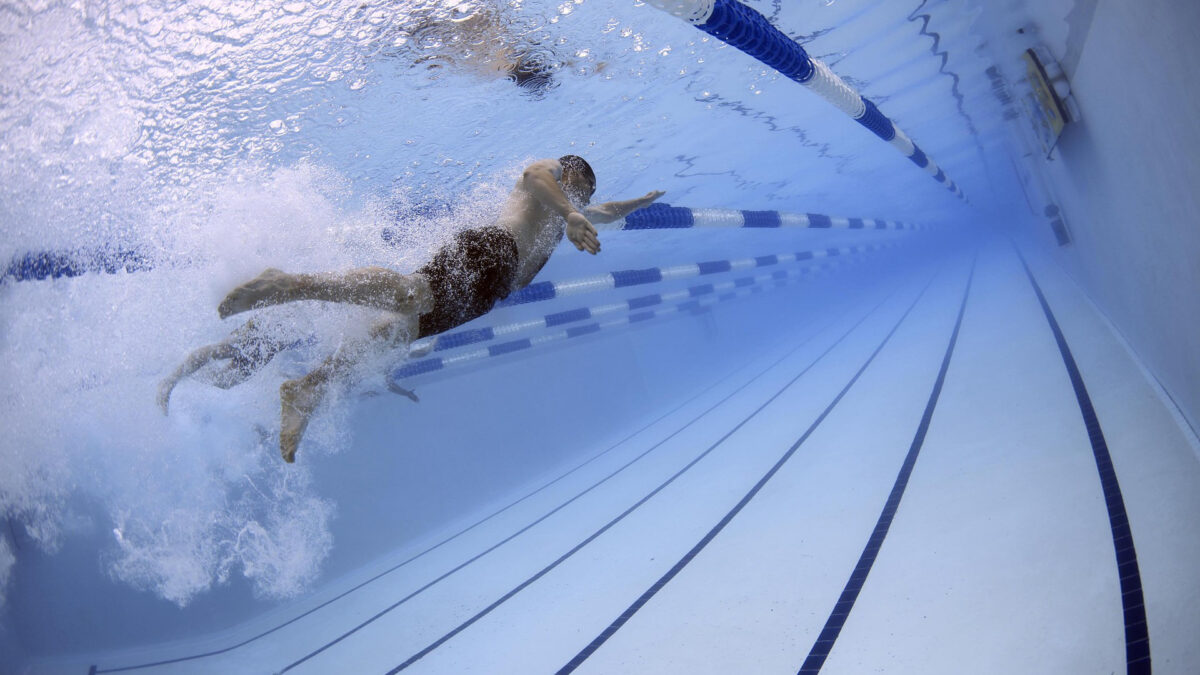Preparing for the Olympics in virtual reality: Australia's swimming team trains with VR headsets

Will VR put Australia's swim team on track for the Olympics? Virtual training sessions aim to shave fractions of a second off swim times.
Ahead of the Olympic Games in Paris in July, the Australian swimming team is immersing itself in virtual reality to optimize its performance. For the relay events in particular, the swimmers are using VR headsets to shave fractions of a second off their transition times.
Fast changes in the range of 0.1 to 0.2 seconds can make the difference between gold and silver. To train with the VR headset, swimmers use 3D video to analyze exactly how their teammates are doing. This allows them to practice the perfect time to jump into the water.
At the Tokyo Olympics, the Australian team finished on the podium in all seven relay events, including gold in the women's 4×100 m freestyle and medley. After three gold, three silver and one bronze medal at last year's World Championships in Fukuoka, their ambitions for Paris are even higher.
VR training on the rise in other sports
In addition to the Australian swimming team, athletes in other sports are using VR to improve their performance. French sports scientist Mickaël Campo is using VR to improve the mental toughness and team spirit of rugby players.
In Campo's VR scenario, athletes experience games at the Stade de France from first- and second-person perspectives. Studies show that players identify more with their team after training. Experienced boxer and UFC president Dana White also swears by VR sparring as a complement to the gym.
Professional boxers such as Tamaku Mucha used VR to stay fit during the coronavirus pandemic and were able to complete training fights despite isolation. According to Campo, VR allows for more realistic training than on the field and can help inexperienced athletes cope with the pressure of crowded stadiums.
Note: Links to online stores in articles can be so-called affiliate links. If you buy through this link, MIXED receives a commission from the provider. For you the price does not change.